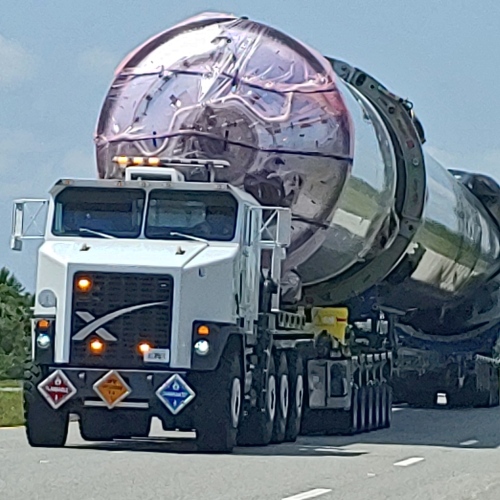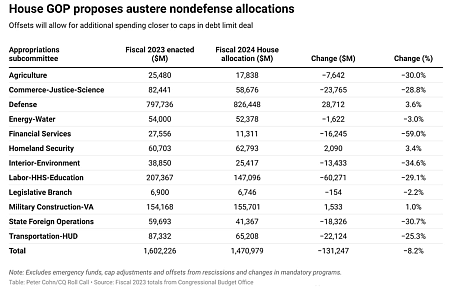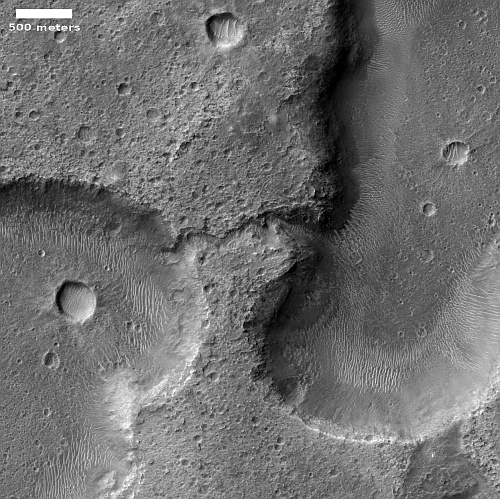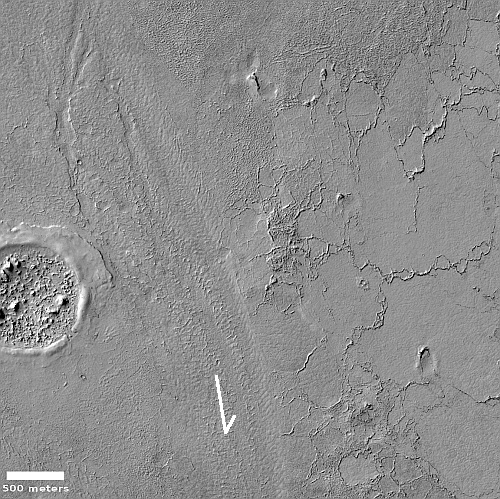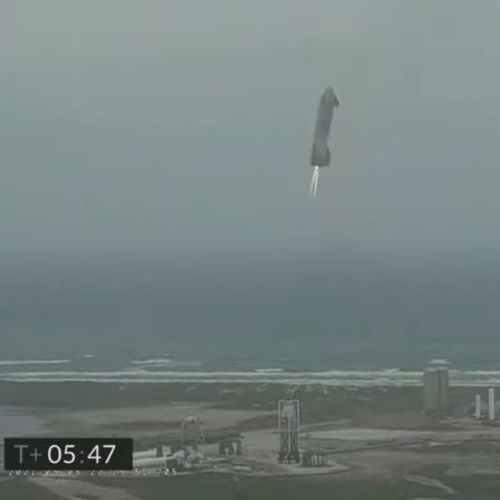A private Russian rocket?
According to two short stories in the Russian state-run press (here and here), a private Russian company, dubbed SR Space, is developing a private orbital rocket, and has already completed two launches of a test rocket, though neither launch reached suborbital space.
It is now assembling its first suborbital rocket intended to reach space.
As the SR Space press office specified for TASS, the new sub-orbital rocket is set for its launch at the end of the year. “The launch is scheduled for the end of the current year to deliver a signal transmitter payload,” the press office said. The transmitter’s signal sent to Earth is expected to be received by drones engineered by the company. “This is necessary to test interaction with remotely piloted aircraft systems and the technology of their remote control and flight control of a swarm in automatic mode,” it explained.
This will be the first launch of a private sub-orbital rocket in Russia to an altitude of over 100 km (the altitude where outer space begins). The carrier rocket will measure 5.17 meters in length and 0.45 meters in diameter and weigh 253 kg.
SR Space appears to be the same kind of pseudo-company that China allows. It has obtained private funding, and is operating with some independence hoping to win contracts from the Russian government in order to earn a profit. At the same time, it without doubt does nothing without that government’s permission and approval, and can be taken over at any time by that government, as happened to Russia’s last commercial rocket company S7 that wanted to use the Sea Launch ocean platform to fly commercial launches.
According to two short stories in the Russian state-run press (here and here), a private Russian company, dubbed SR Space, is developing a private orbital rocket, and has already completed two launches of a test rocket, though neither launch reached suborbital space.
It is now assembling its first suborbital rocket intended to reach space.
As the SR Space press office specified for TASS, the new sub-orbital rocket is set for its launch at the end of the year. “The launch is scheduled for the end of the current year to deliver a signal transmitter payload,” the press office said. The transmitter’s signal sent to Earth is expected to be received by drones engineered by the company. “This is necessary to test interaction with remotely piloted aircraft systems and the technology of their remote control and flight control of a swarm in automatic mode,” it explained.
This will be the first launch of a private sub-orbital rocket in Russia to an altitude of over 100 km (the altitude where outer space begins). The carrier rocket will measure 5.17 meters in length and 0.45 meters in diameter and weigh 253 kg.
SR Space appears to be the same kind of pseudo-company that China allows. It has obtained private funding, and is operating with some independence hoping to win contracts from the Russian government in order to earn a profit. At the same time, it without doubt does nothing without that government’s permission and approval, and can be taken over at any time by that government, as happened to Russia’s last commercial rocket company S7 that wanted to use the Sea Launch ocean platform to fly commercial launches.


